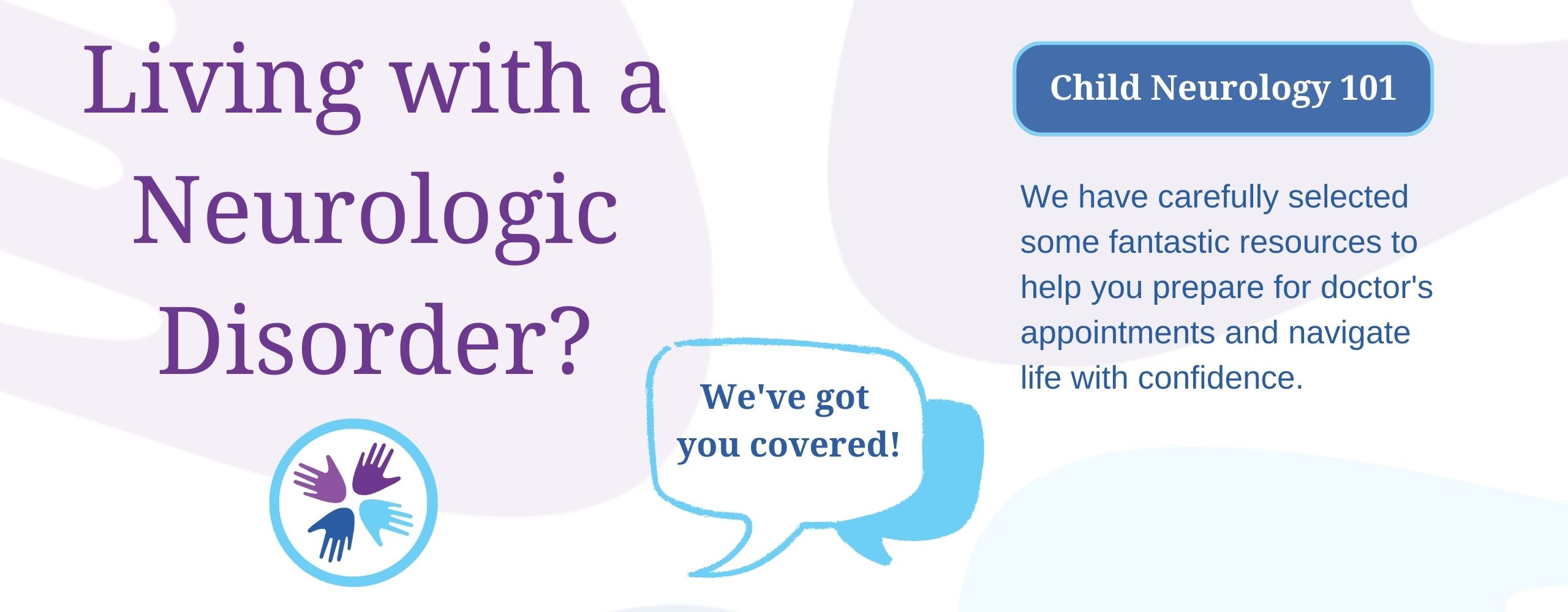
Authors: Mekka Garcia, MD - NYU Grossman School of Medicine
Alison L. Christy, MD, PhD – Providence Pediatric Neurology at St. Vincent Medical Center—Portland, Oregon
Reviewed: June 2023
SUMMARY
Farber disease (FD) is a rare genetic disorder. It is one of the lysosomal storage disorders. Lysosomes are structures found inside almost every cell of the body. Lysosomes contain enzymes that break down molecules.
FD is caused by a deficiency in an enzyme called ceramidase. When ceramidase is missing, a fat called ceramide builds up in the skin, brain, and other tissues. This causes damage.
There are seven major types of FD. They differ in age of onset and severity. Their effect on different parts of the body also varies. A thorough history, clinical examination, and blood tests are all key to diagnosis.
There is no cure for FD. However, supportive care is available.
Understanding Farber Disease
An enzyme is a protein that aids chemical reactions in the body. Ceramidase is a type of enzyme. It breaks down a special type of fat called ceramide. Ceramides are important for cell survival. However, they can cause damage in excess.
JUMP TO
Disorder Overview
DESCRIPTION
Farber disease occurs when there is an abnormality in a gene called ASAH1. This gene produces an enzyme called ceramidase.
When the ASAH1 gene is different, ceramidase may not work properly. There may be a decrease in ceramidase activity. This causes accumulation of fats called ceramides. This occurs under the skin, joints, brain, and other tissues.
FD is extremely rare. It affects approximately less than 1 in every 1,000,000 births.
SIGNS AND SYMPTOMS
FD usually presents with three classic symptoms:
- Swollen or painful joints that limit movement. This can also lead to joint deformities.
- Bumps or nodules under the skin.
- A hoarse or weak voice.
Other symptoms may include:
- Neurological symptoms. These include:
- Problems with swallowing
- Increased sleepiness
- Shortening of the muscles or tendons around joints
- Intellectual disability
- Difficulty walking
- Loss of speech
- Seizures (a burst of electrical activity in the brain that can cause the body to behave abnormally)
- Myoclonus (unusual movements characterized by jerking)
- Respiratory problems.
- Kidney or heart problems.
- Failure to thrive. The patient has feeding difficulties. This results in poor weight gain.
There are seven types of FD. The age of onset and severity depends on the type. How much different tissues in the body are affected depends on the type as well. The seven types are:
Type 1
Types 2 and 3
Type 4
Type 5
Type 6
-
- This type is a combination of FD and Sandhoff disease.
- Sandoff disease is another lysosomal storage disorder.
- People with Sandoff disease have no symptoms at birth. They begin to show symptoms around three to six months of age. Symptoms include:
- Abnormal bone development
- Unusual movements like jerking and exaggerated reactions to loud noises
- Macrocephaly (enlarged head)
- Hepatosplenomegaly (enlarged liver and spleen)
- Difficulty with motor skills such as crawling, sitting up, and walking
- Frequent respiratory infections
CAUSES
FD occurs when there is an abnormality in the ASAH1 gene.
It is an autosomal recessive disorder. This means that a child with this disorder must inherit one abnormal gene from the mother and one abnormal gene from the father.
If a child inherits one abnormal gene and one normal gene:
- They will usually not have symptoms.
- They will instead be called a “carrier” of the disorder.
If both parents carry the abnormal gene, the risk of a child having the disorder is 25%, or 1 in 4, with each pregnancy.
Most cases of SHE occur because of new variations. However, SHE may be inherited from an affected parent. If one parent has SHE, all children have a 50% chance of developing KCNT1-related epilepsy. The type of epilepsy in the child may be either SHE or EIMFS.
LABORATORY INVESTIGATIONS
The following are key to diagnosis:
- A thorough history.
- A clinical examination.
- Plasma ceramidase enzyme activity testing. A blood test can measure the activity of the enzyme.
- Genetic testing. This tests for the presence of changes in the ASAH1 gene. This can be done using blood or amniotic fluid.
TREATMENT AND THERAPIES
Currently, there is no cure for FD. However, supportive care is available. Care includes:
Analgesics
Feeding Support
Breathing Support
Developmental Therapies
Individualized education plan
Hematopoietic stem cell transplantation (HSCT)
OUTLOOK
The outlook for FD is variable. It largely depends on the type. Some people will have only mild symptoms. Others may develop severe symptoms in infancy and have a shorter lifespan.
RELATED DISORDERS
Some disorders with similar symptoms include:
- Lysosomal storage disorders, including Sandhoff disease
- Juvenile idiopathic arthritis
Resources
Think Farber
Think Farber is an educational resource created by Aceragen, Inc. Aceragen is a biopharmacetical company working to develop an investigational therapy for Farber disease. Think Farber has resources for patients and families, including online communities, rare disease resources, and recent medical articles about Farber disease and ASAH1-related genetic conditions. Health care providers can order no-cost genetic testing of the ASAH1 gene for their patients through Aceragen.
Family Stories
In order to support the global Farber community, Aceragen would like to hear from anyone living with Farber disease, or caring for someone who is. Provide important information about how Farber disease impacts your life on the Think Farber Share Your Story page. You can also read about one family’s fight against Farber disease.
Child Neurology Foundation (CNF) solicits resources from the community to be included on this webpage through an application process. CNF reserves the right to remove entities at any time if information is deemed inappropriate or inconsistent with the mission, vision, and values of CNF.
Research
These are clinical trials that are recruiting or will be recruiting. Updates are made daily, so you are encouraged to check back frequently.
ClinicalTrials.gov is a database of privately and publicly funded clinical studies conducted around the world. This is a resource provided by the U.S. National Library of Medicine (NLM), which is an institute within the National Institutes of Health (NIH). Listing a study does not mean it has been evaluated by the U.S. Federal Government. Please read the NLM disclaimer for details.
Before participating in a study, you are encouraged to talk to your health care provider and learn about the risks and potential benefits.
For more information about participation in clinical trials, check out our education hub on the topic here.
Information for research and clinical trials specific to Farber disease can be found on the Think Farber website.
References
Al-Naimi A, Toma H, Hamad SG, Ben Omran T. Farber Disease Mimicking Juvenile Idiopathic Arthritis: The First Reported Case in Qatar and Review of the Literature. Case Rep Genet. 2022 Feb 10;2022:2555235. https://doi.org/10.1155/2022/2555235. PMID: 35186337; PMCID: PMC8853810.
Ehlert K, Frosch M, Fehse N, Zander A, Roth J, Vormoor J. Farber disease: clinical presentation, pathogenesis and a new approach to treatment. Pediatr Rheumatol Online J. 2007 Jun 29;5:15. https://doi.org/10.1186/1546-0096-5-15. PMID: 17603888; PMCID: PMC1920510.
Ferreira CR, Gahl WA. Lysosomal storage diseases. Transl Sci Rare Dis. 2017 May 25;2(1-2):1-71. https://doi.org/10.3233/TRD-160005. PMID: 29152458; PMCID: PMC5685203.
Xiao C, Tifft C, Toro C. Sandhoff Disease. 2022 Apr 14. In: Adam MP, Mirzaa GM, Pagon RA, Wallace SE, Bean LJH, Gripp KW, Amemiya A, editors. GeneReviews® [Internet]. Seattle (WA): University of Washington, Seattle; 1993–2023. PMID: 35420740.
The information in the CNF Child Neurology Disorder Directory is not intended to provide diagnosis, treatment, or medical advice and should not be considered a substitute for advice from a healthcare professional. Content provided is for informational purposes only. CNF is not responsible for actions taken based on the information included on this webpage. Please consult with a physician or other healthcare professional regarding any medical or health related diagnosis or treatment options.



